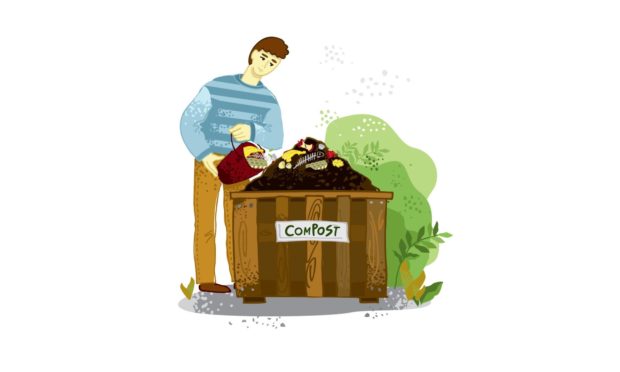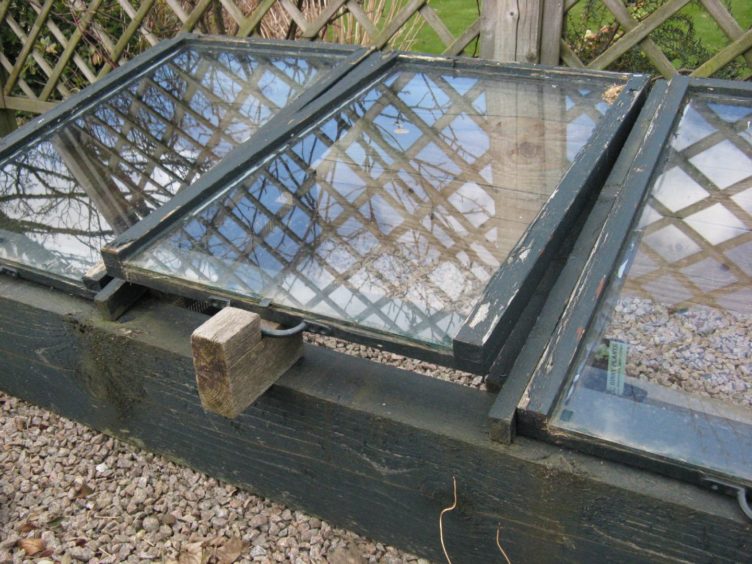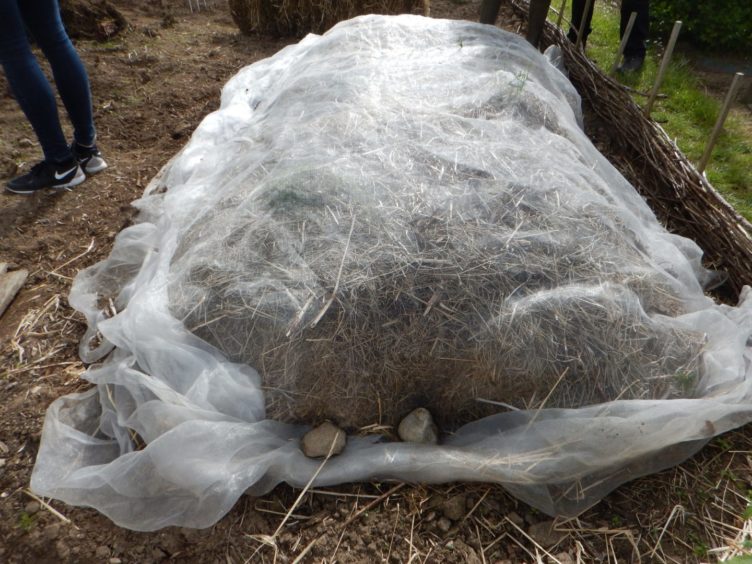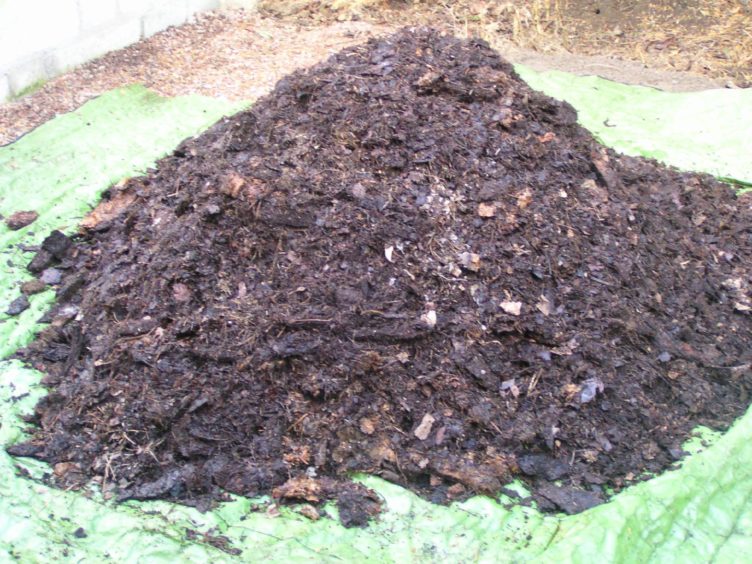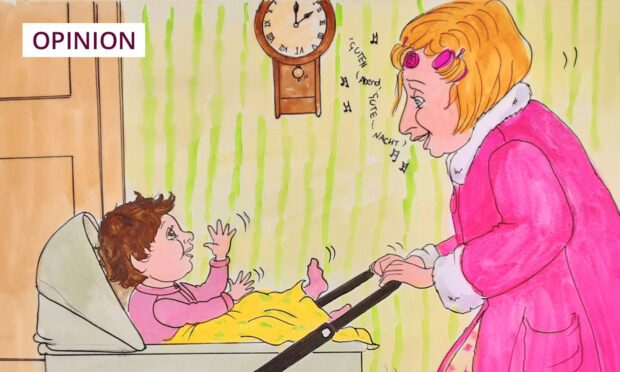Every now and again, it pays to go back to basics, a thought that came to me as I made ready to start filling the compost bin – again.
If I go back to the very start, I have to remember that I didn’t have a compost bin, it was a compost heap!
“The Divinity within the flower is sufficient of itself.”
That came from Rudolph Steiner’s concept that only living things can produce life.
“All we eat comes from the soil, directly or indirectly.”
With these words, Maye Bruce, a founder member of the Soil Association more than 100 years ago, realised that the life, the vitality within the sap of herbs could be harnessed to create a composting technique.
She also realised that “the potions and infusions concocted would have to be used sparingly, watered down perhaps to act as ‘starters’ in the process.”
This thought occurred when she considered the homeopathic creed of the “power of the infinitely little”.
By the way, setting aside the palaver of producing all these liquids from the sap of nettles, comfrey, etc, she also included honey as an activator.
This treatment enabled her to make good compost in quite a short space of time – without having to turn the heap.
I’ll stop there before I put you off completely by listing one or two useful principles relating to the technique of making good compost which are still relevant to this day.
- Be prepared to cover your compost heap at all times, to prevent heat from escaping, because it can speed up the process.
- Avoid too much of any one thing at one time. I found a secondary heap was handy for the excess – to be added as and when.
- Consolidate lightly to avoid bridging and keep level.
- Use of an activator should obviate the need for turning, otherwise turn inside out every few months.
All that simply means is returning “used organic material” to the soil is vitally important.
You only have to read the farming pages these days to realise the problems we face as the world population increases and soil performance decreases because of some modern farming methods.
Mind you, sticking with that agricultural reference, a few weeks ago, one newspaper page carried the case for returning to that seven-course rotation of old, and on the facing page was the vegan alternative!
That farming seven-course rotation of old was four years grass to be grazed, and three years arable crops.
All the animal manures being returned to the land – carbon capture was not an issue because this rotational system solved the problem, aided and abetted by fewer vehicles fleein’ aboot way back then.
My first experience of the value of returning organic matter to the soil started on the nursery I trained on before college.
We had a compost heap measuring 15m long x 2m high x 3m wide, made up almost entirely of strawy farmyard manure from two local dairy farms with weeds and waste vegetation from the production on the nursery.
As I have said before, the cropping on that nursery was superb, and in part, that was due to the quality of the soil, physically and nutritionally.
Organic waste from weeds, grass and vegetation when composted, really is a magic material.”
Then at Auchincruive – once a year, off we went to the college farm to a field that was about to be ploughed after being in grass for four years – to cut turf.
This was stacked upside down in a shed, for a year or so then chopped down to provide a fibrous loam which was then steam sterilised to be the principal ingredient of our John Innes compost.
Organic waste from weeds, grass and vegetation when composted, really is a magic material.
It will help aeration and drainage on heavier soils, water-holding capacity on light soils, meanwhile also feeding the soil flora and fauna. Often overlooked is leaf mould, marvellous stuff to incorporate in the soil.
I accept, this is the wrong time of year to be mentioning it, but take note, you can make super compost in a polybag or a bin, using fallen leaves.
While often suggested as a mulch, if you can collect plenty of it, why not plan to use some to be incorporated in the garden soil or in your bedding plant containers?
Which leads on nicely…
When the present weather conditions return to what might be regarded as normal (if ever) and given a few days of slightly better conditions, some of you may be tempted to start putting young glasshouse-raised plants outside.
That is absolutely fine so long as you are prepared and on the spot to cover them up if/when there is heavy rain forecast or if the temperatures get down anywhere near zero.
Having been raised indoors, the foliage of most plants is quite soft and in some cases brittle because they are in a protected environment.
They could suffer badly if taken out too soon because low temperatures and/or cold rain will chill the compost and the plants.
The drill used by professional gardeners is to place the plants in cold frames with the lids on, but propped up wide, or even removed in bright weather.
The covers are always kept to hand however, to put back over the plants in the late afternoon, shutting them tight if frost is forecast to trap a bit of heat inside, but during mild nights, leaving the covers propped open a little.
The technique is well named – harden off the foliage but you must do it gradually.
The other side to this is being over-cautious by keeping them indoors until planting time.
As a result, you finish with soft, blousy plants that get far too big and unmanageable before you can plant them out.
Success comes from keeping watch on the various types.
If they are seen to be growing too fast, slow them down, and that is usually done by reducing the growing temperature while still giving them maximum light.
